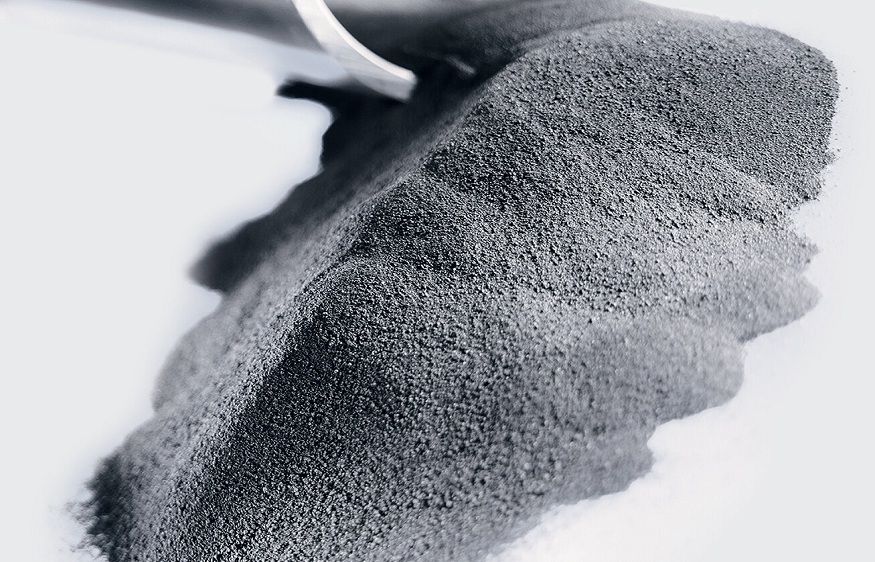Lithium-ion batteries have become the backbone of modern energy storage, powering everything from electric vehicles to portable electronics and renewable energy systems. One of the key components enhancing their efficiency and longevity is carbon black—a conductive additive that improves electron flow, enhances charge acceptance, and stabilizes battery electrodes. However, to fully leverage its benefits, proper maintenance of carbon black in lithium-ion batteries is essential.
Maintaining carbon black ensures optimal conductivity, better battery lifespan, and consistent performance over time. Improper handling or degradation can lead to increased internal resistance, lower efficiency, and reduced cycle life. From storage conditions to dispersion techniques and quality control, every aspect of carbon black maintenance plays a vital role in keeping lithium-ion batteries operating at their best.
In this article, we will explore ten essential ways to maintain Carbon black for Lithium ion batteries, ensuring maximum efficiency, durability, and sustainability.
1. Store Carbon Black in Controlled Conditions
Carbon black is highly porous and prone to moisture absorption, which can negatively affect its conductivity and dispersion properties. To maintain its quality, it should be stored in a dry, temperature-controlled environment, away from direct sunlight and humidity. Using airtight containers prevents contamination and helps retain its original properties, ensuring it remains effective when incorporated into battery electrodes.
2. Ensure Proper Dispersion in Electrode Slurry
For carbon black to enhance conductivity in lithium-ion batteries, it must be evenly dispersed in the electrode slurry. Poor dispersion can lead to agglomeration, creating uneven conductivity paths and reducing battery efficiency. Using high-shear mixers, optimized solvent ratios, and dispersing agents ensures that carbon black is uniformly distributed, improving electrode performance and longevity.
3. Maintain Optimal Particle Size
The particle size of lithium carbon directly affects its surface area and conductivity. If the particles are too large, they may not form efficient conductive networks; if too small, they may increase resistance. Regular particle size analysis and control during manufacturing and processing ensure that carbon black maintains the ideal balance between surface area and electrical conductivity for lithium-ion batteries.
4. Prevent Contamination During Handling
Carbon black is a fine powder that can easily become contaminated by dust, oils, or other foreign particles. Contaminants can degrade its conductivity and impact battery performance. Using clean storage, dedicated handling tools, and proper protective gear prevents unwanted impurities from affecting its quality, ensuring the battery maintains consistent efficiency throughout its lifecycle. Maintaining strict quality control throughout the supply chain helps prevent performance issues and ensures that batteries deliver consistent power output across various applications, from electric vehicles to portable electronics.
5. Optimize Carbon Black Loading in Electrodes
While carbon black is essential for conductivity, excessive amounts can reduce the overall energy density of lithium-ion batteries. Maintaining an optimal loading percentage ensures the best balance between electrical conductivity and active material utilization. Too little carbon black can lead to poor conductivity, while too much can reduce the amount of lithium-storing active material, lowering the battery’s capacity.
6. Control Mixing and Milling Processes
The mixing and milling process plays a crucial role in integrating carbon black into the electrode material. Inconsistent milling can lead to clumping or uneven dispersion, negatively impacting battery performance. Using high-energy ball mills, ultrasonic dispersers, or optimized blending techniques ensures that carbon black is thoroughly and evenly integrated into the electrode formulation.
7. Monitor Carbon Black Stability in Electrodes
Over time, carbon black can degrade due to electrochemical reactions, leading to increased resistance and decreased battery efficiency. Regular testing of conductivity, particle integrity, and structural stability ensures that carbon black remains effective throughout the battery’s lifespan. Using high-purity carbon black with stable molecular structures helps minimize degradation risks.
8. Avoid Excessive Heat Exposure
High temperatures can significantly impact the structure and properties of carbon black, which plays a critical role in the conductivity of lithium-ion batteries. When exposed to excessive heat, carbon black may undergo structural changes, such as oxidation, loss of surface area, or changes in its particle arrangement. These alterations can reduce its electrical conductivity, making it less effective in forming conductive networks within the battery electrodes.
To maintain its performance, it is crucial to control temperature exposure during manufacturing, storage, and operation. In production, excessive heat can lead to poor dispersion and degradation of carbon black, reducing battery efficiency. Similarly, storing carbon black in a cool, dry environment helps preserve its properties. During battery operation, high temperatures can accelerate electrochemical degradation, impacting both the carbon black and the overall battery lifespan.
By keeping temperatures within recommended limits, manufacturers and users can prevent premature wear and ensure that carbon black continues to enhance the battery’s efficiency, power output, and durability. Implementing thermal management systems in battery packs further helps maintain stable operating conditions, ensuring long-term reliability in electric vehicles, renewable energy storage, and portable electronics.
9. Use High-Quality, Consistent Carbon Black Sources
Not all carbon blacks are created equal. Variations in purity, surface area, and conductivity can impact battery performance. Sourcing high-quality carbon black from reliable manufacturers with strict quality control standards ensures consistency in battery performance. Additionally, using carbon black grades specifically designed for lithium-ion batteries maximizes efficiency and longevity.
10. Implement Regular Performance Testing
Maintaining the performance of carbon black in lithium-ion batteries for the fast charging icon requires ongoing quality assessments. Regular tests, including conductivity measurements, and thermal stability tests, help detect early signs of degradation or poor dispersion. By consistently monitoring performance, manufacturers and battery users can address issues proactively and optimize carbon black integration.
Proper maintenance of carbon black is essential for maximizing the performance and lifespan of lithium-ion batteries. From proper storage and handling to optimized dispersion and quality control, every step ensures that carbon black continues to enhance conductivity, efficiency, and durability in battery applications.
As the demand for high-performance lithium-ion batteries grows in electric vehicles, energy storage, and consumer electronics, maintaining carbon black effectively becomes a key factor in achieving reliable and long-lasting energy solutions. By following these ten best practices, battery manufacturers and users can ensure peak efficiency and sustainability, making the most of this critical material in modern battery technology.

